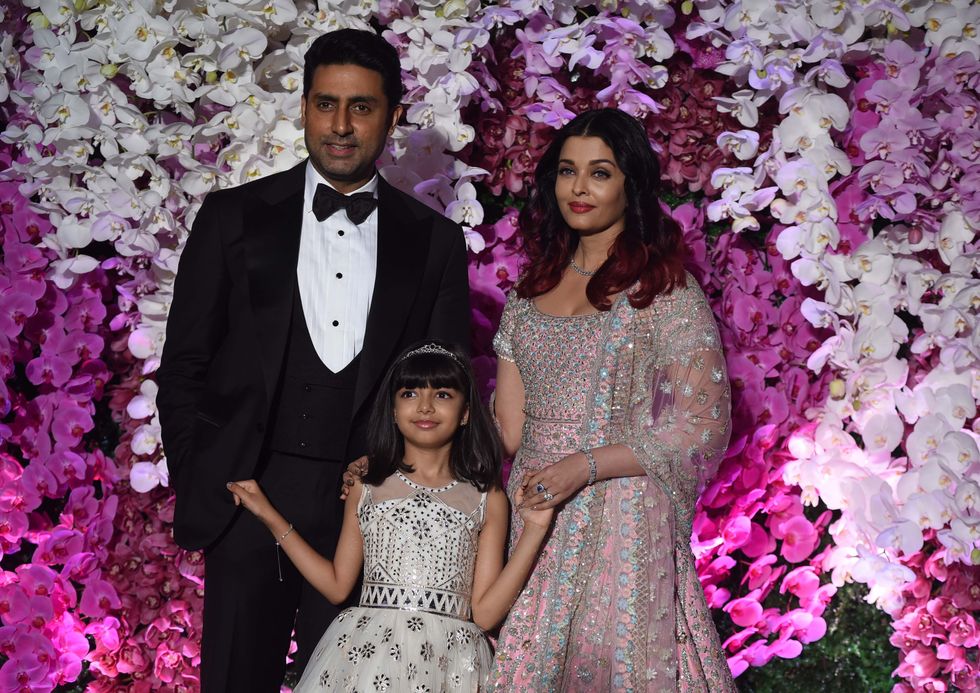INDIAN badminton players PV Sindhu and Lakshya Sen advanced to the pre-quarterfinals (last 16) of the women’s and men’s singles events at the Paris Olympics on Wednesday.
Sindhu, aiming for a third Olympic medal, defeated Kristin Kuuba of Estonia 21-5, 21-10 in her second Group M match. Sen triumphed over Indonesia’s Jonatan Christie, world number 4, with a score of 21-18, 21-12.
“I think it was a tough match today, happy with the way I played,” said Sen, currently ranked 22 in the world. “Yes, definitely (gold is in sight). I think the last few months the form has been really good. There have been ups and downs, but overall, I was in good shape in the last few months, and especially while playing here in the French Open, I found my momentum and form. I was just trying to build up for a good event and I’m really pumped up to fight every match and every point.”
Sen is set to face world number 13 HS Prannoy in an all-Indian contest. Sindhu is likely to compete against world number 9 Chinese player He Bingjiao, against whom she has a record of nine wins and 11 losses. Sindhu had beaten Bingjiao during her bronze medal run at the Tokyo Games. Prannoy will face Vietnam’s Le Duc Phat later in the day.
Sen, a 2021 world championships bronze medallist, showed strategic skill and maturity against Christie. He focused on keeping the shuttle flat and targeting Christie’s weak forehand. Christie tried to slow down the rallies and used cross-court shots to challenge Sen.
In the first game, Christie led 5-0 and later 8-2, but Sen regrouped, keeping the shuttle flat and capitalising on Christie’s mistakes. Sen gained a 7-8 score before a forehand smash gave him a one-point lead. Sen engaged Christie in fast exchanges, eventually winning 14-12, before Christie slowed the pace with a rally and tied the game at 16-16. Christie took an 18-16 lead, but Sen’s straight smash and Christie’s wide shot tied the score at 18-18. Sen won the game point with a flat push and a behind-the-back return.
After the change of sides, Sen made judgement errors, tying the score at 3-3. He then increased the tempo, moving to a 10-5 lead. Christie made more errors, allowing Sen to reach 18-12. Sen won the match after Christie sent the shuttle to the net.
Earlier, Sindhu topped her group with a win over Kuuba in 33 minutes. “It was important for me to top the group. I would be playing against He Bingjiao mostly. I hope I take this confidence and go forward. It’s not going to be easy, especially in the next coming rounds, so I have to be prepared and be 100 per cent,” said Sindhu.
Sindhu, seeking to become the first Indian to win three Olympic medals, won the opening game against Kuuba in 14 minutes. Kuuba challenged Sindhu in the second game but ultimately could not match Sindhu’s performance. Sindhu’s cross-court smashes gave her a 15-6 lead, ending the match as Kuuba saved two match points before surrendering.
(With inputs from PTI)






 Saif Ali Khan’s royal inheritance in Bhopal declared enemy property after court verdictGetty Images
Saif Ali Khan’s royal inheritance in Bhopal declared enemy property after court verdictGetty Images  Saif Ali Khan with family Getty Images
Saif Ali Khan with family Getty Images An exterior view of the Noor Us Sabah Palace now listed under enemy property Getty Images
An exterior view of the Noor Us Sabah Palace now listed under enemy property Getty Images Saif Ali Khan loses claim to Pataudi family properties as court cites Pakistan connectionGetty Images
Saif Ali Khan loses claim to Pataudi family properties as court cites Pakistan connectionGetty Images









 Lewis Hamilton topped FP1 and finished third in FP2Getty Images
Lewis Hamilton topped FP1 and finished third in FP2Getty Images


 Aaradhya Bachchan has no access to social media or a personal phoneGetty Images
Aaradhya Bachchan has no access to social media or a personal phoneGetty Images  Abhishek Bachchan calls Aishwarya a devoted mother and partnerGetty Images
Abhishek Bachchan calls Aishwarya a devoted mother and partnerGetty Images Aaradhya is now taller than Aishwarya says Abhishek in candid interviewGetty Images
Aaradhya is now taller than Aishwarya says Abhishek in candid interviewGetty Images Aishwarya Rai often seen with daughter Aaradhya at public eventsGetty Images
Aishwarya Rai often seen with daughter Aaradhya at public eventsGetty Images